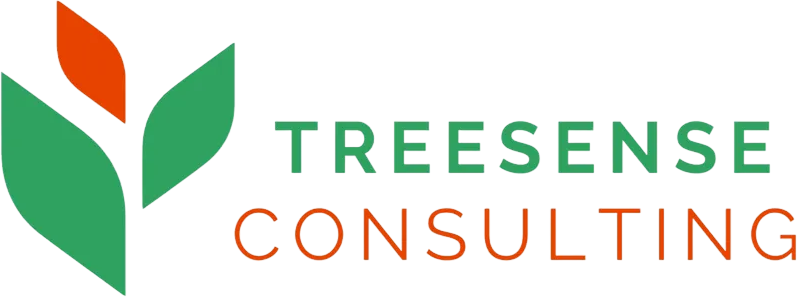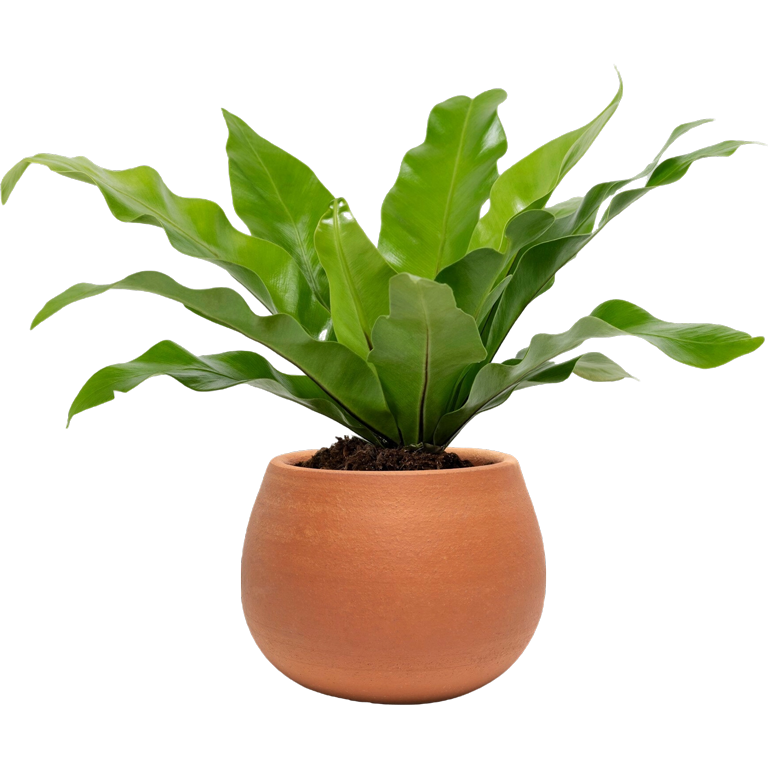Homeowners
Arborists Adelaide
Your Trusted Partner in Arboricultural Excellence
At Treesense Consulting, we offer a range of tree care services, from risk assessments and health evaluations to development impact reports and tree protection plans. | 25 Years of Experience
Our Services
About Us
With over 25 years of Industry experience, Treesense Consulting is one of the leading and most trusted providers in tree assessment, risk management, and tree protection. We deliver professional tree consultancy services tailored to meet the needs of individuals, businesses, and government organisations. Our team of qualified arborists hold certifications and advanced expertise in all aspects of arboriculture and tree risk assessment practices. At Treesense, We deliver professional consultancy services tailored to meet the needs of residential, commercial, and government sectors.
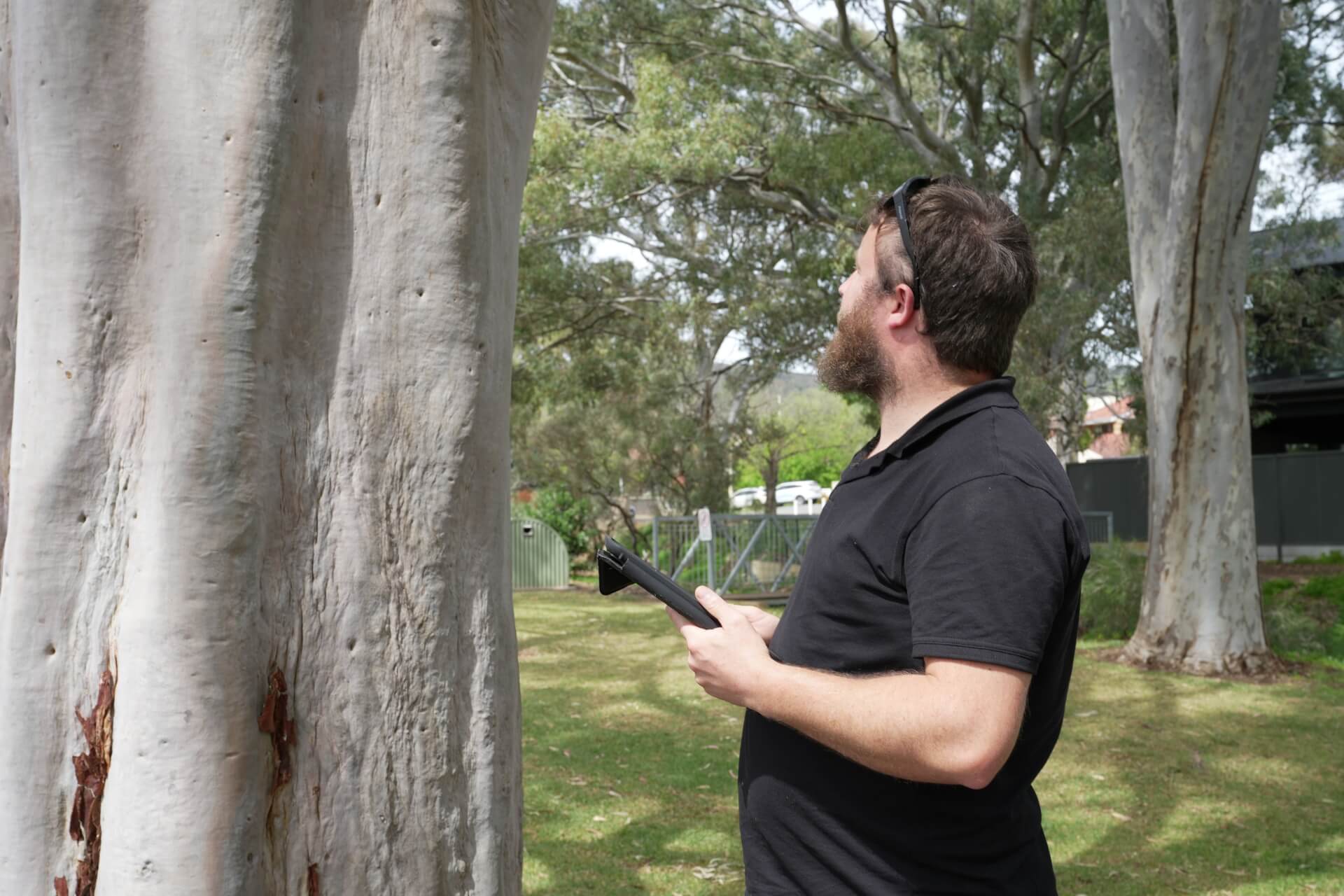

Your All-in-One Solution for Comprehensive Tree Assessment
At Treesense Consulting, we offer a complete range of consulting arborist services, from risk assessments and health evaluations to development impact reports and tree protection plans. With over 25+ years combined industry experience, our expertise ensures you get tailored solutions for residential, commercial, and government needs. Whether it’s routine maintenance or complex tree management plans, we’ve got you covered.
Why You Need a Professional Tree Assessment
Trees are valuable assets to any property, providing beauty, shade, and environmental benefits. However, ensuring they remain healthy and safe is essential. A professional tree assessment offers peace of mind, whether you’re a homeowner, developer, or land manager. Here are some key reasons why a tree assessment may be necessary
Tree assessments are essential for maintaining a safe and sustainable landscape. Whether you own, manage, or develop property, knowing your trees’ condition helps you avoid risks, cut unnecessary costs, and stay aligned with local tree regulations
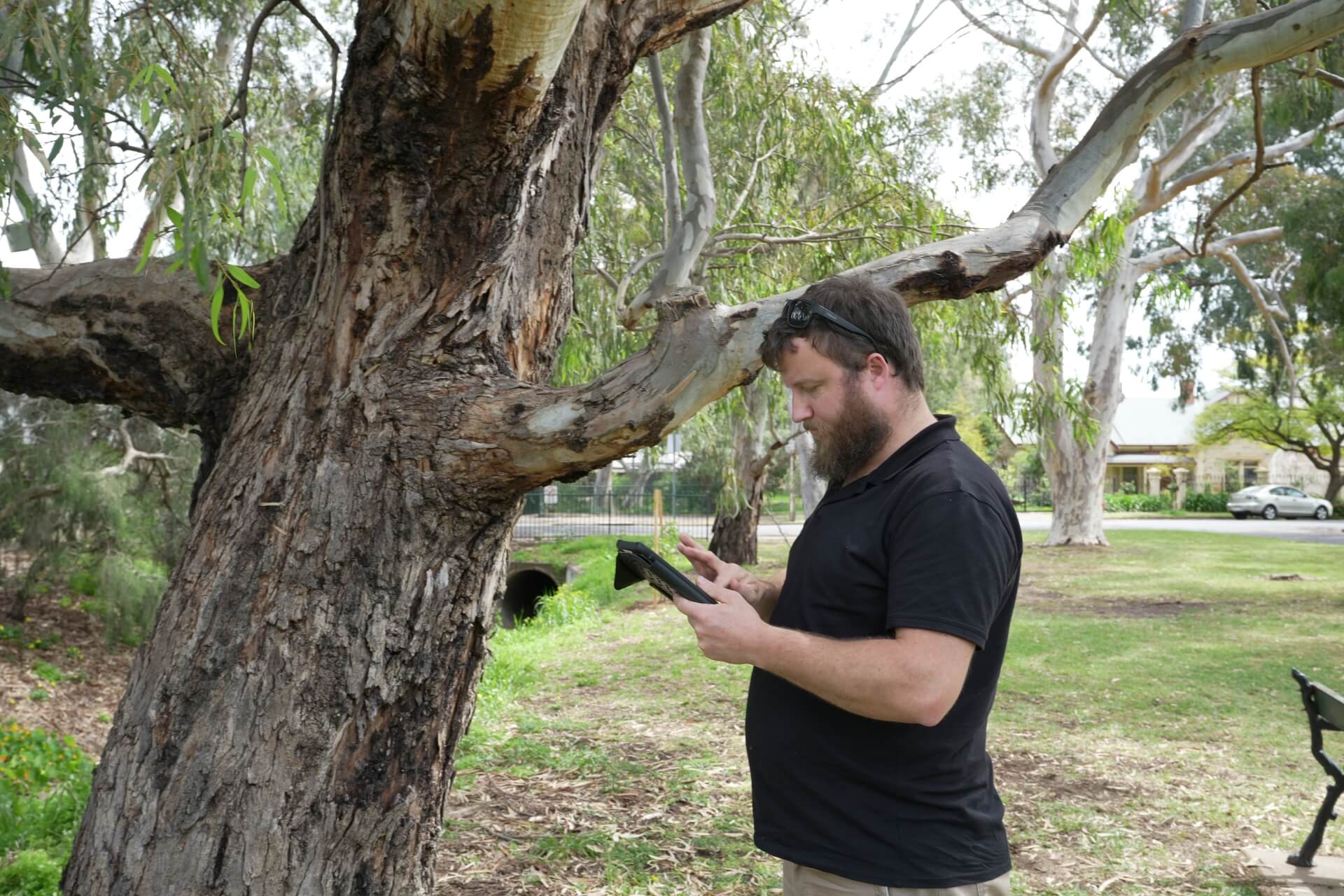
When Should You Consider a Tree Assessment?
1
Before Property Development
Ensuring trees on the site won’t be damaged by construction and complying with regulations.
2
Buying or Selling Property
Assessing tree health and risk for potential buyers or sellers.
3
Insurance Requirements
Providing documentation for trees posing potential risks to property.
4
Storm Damage Assessment
Checking for structural damage or instability in trees after severe weather.
5
Significant Tree Care
Ensuring the preservation and protection of historically significant or old trees.
6
Public Safety Concerns & Compliance
Identifying hazardous trees near public spaces, footpaths, or playgrounds
who we help
Common Tree Species
FAQS
How is a high-risk tree identified?
A high-risk tree is one that has structural defects or declining health, increasing the likelihood that it may fail and cause serious harm to people or property.
Common signs of a high-risk tree include:
- Large cracks or cavities in the trunk
- Leaning toward areas with foot or vehicle traffic
- Major limbs or trunk sections that are decayed or dead
Such trees should be inspected and addressed promptly to ensure safety.
What is the standard tree risk assessment?
A standard tree risk assessment uses the formula:
Risk = Likelihood of failure × Likelihood of impact × Consequence of failure
To evaluate the probability of tree or branch failure and the potential risk it poses to people and property.
This assessment helps property owners, arborists, or governing bodies make informed decisions regarding tree maintenance, pruning, or removal. One widely adopted framework is the ISA Tree Risk Assessment Qualification (TRAQ).What are the 5 things a risk assessment should include?
- Identify hazards — Recognize potential sources of harm.
- Assess the risks — Evaluate the likelihood and severity of harm occurring.
- Control the risks — Implement measures to eliminate or reduce the risks.
- Record your findings — Document the hazards, risk levels, and control measures.
- Review the controls — Regularly check and update the risk controls to ensure effectiveness.
What is the Australian standard for tree protection?
The main Australian standard for protecting trees on construction sites is AS 4970-2009 – Protection of trees on development sites. This standard provides guidance on how to assess, retain, and protect trees during construction, to ensure they are not damaged and can continue to grow healthily after the project is completed.
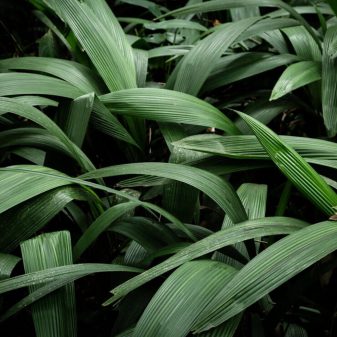
City of West Torrens: Independent Expert Report
To assist in resolving conflicting arboricultural opinions regarding a significant tree within its jurisdiction, the City of West Torrens engaged…

Castle Plaza: Tree Population Audit
As part of its ongoing commitment to sustainable landscape management and public safety, Vicinity Centres commissioned a comprehensive audit of…

Green Industries SA: River Murray Flood Recovery Scheme
Between November 2022 and February 2023, the River Murray experienced the largest flooding event since 1956 and the third highest…
Newsletter
Be the first one to know about discounts, offers and events. Unsubscribe whenever you like.
